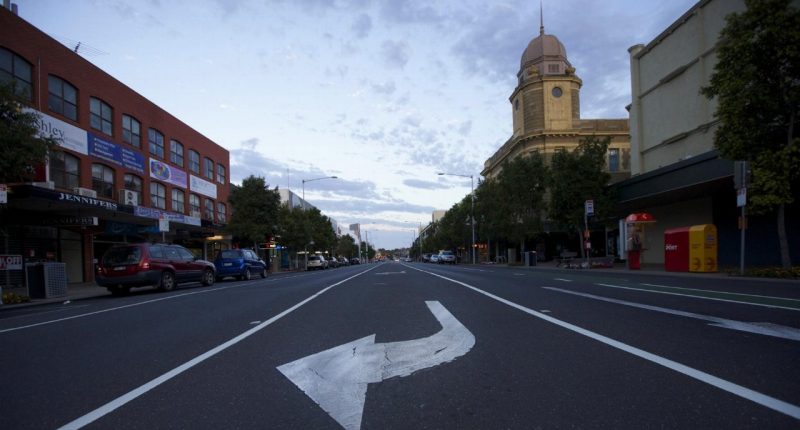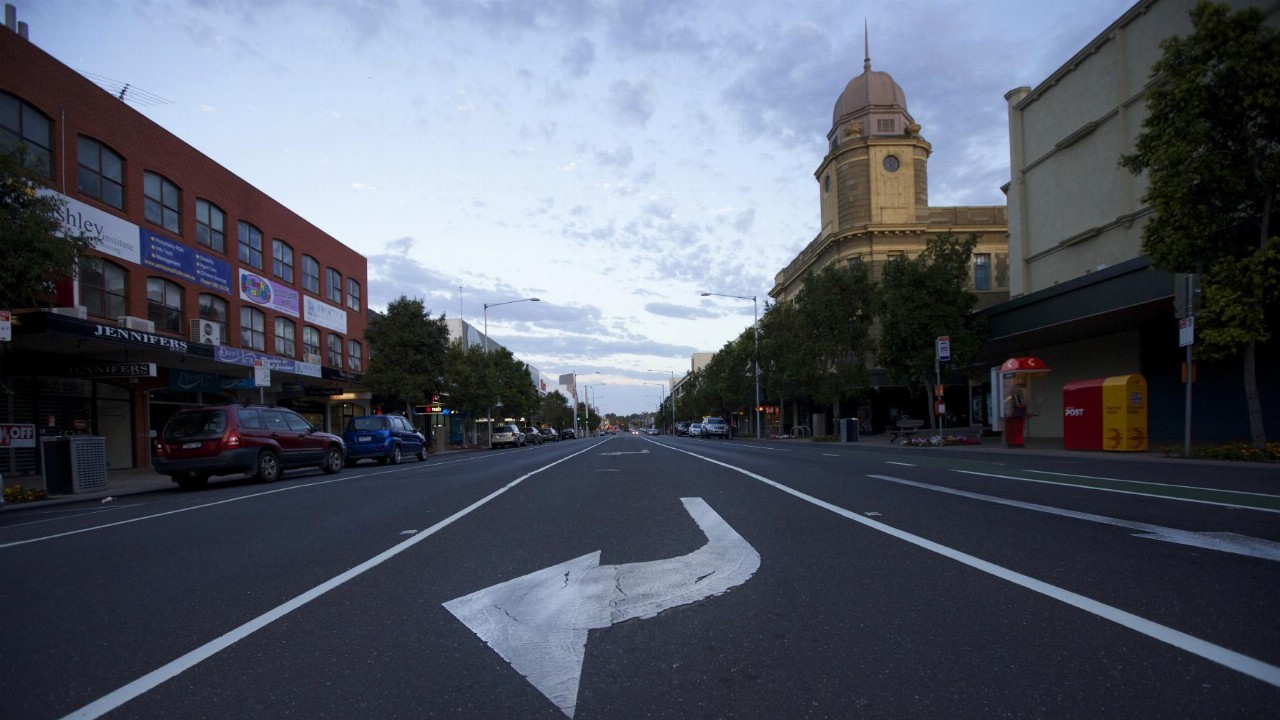- Australia’s manufacturing recovery slowed over the Christmas holiday period as spreading Omicron infections reversed November improvements
- Australia Industry Group’s Australian Performance of Manufacturing Index (PMI) fell by 6.4 points to 48.4 over December 2021 and January 2022
- Six out of seven activity indices contracted, while half of the Australian PMI’s manufacturing indices fell and the input prices index rose steeply
- Ai Group Chief Executive Innes Willox says ongoing supply chain disruptions and staff availability for many businesses largely drove the December and January contraction
- Today’s report comes the same day the RBA announces it will hold interest rates at 0.1 per cent but end its massive bond-buying program early as Australia’s economy beats forecasts
Australia’s manufacturing recovery slowed over the Christmas holiday period as spreading Omicron infections reversed November improvements.
According to the latest report from the Australia Industry Group, the Australian Performance of Manufacturing Index (PMI) fell by 6.4 points to 48.4 over December 2021 and January 2022.
Index readings below 50 points indicate contractions in activity, with lower results correlating to a faster rate of contraction.
Over December and January, the sales index was the only one out of the seven activity indices to improve, up 1.7 points to 52.3. The stocks index fell 6.1 points to 52.5, exports fell 9.5 points to 45.1, and the employment index fell 4.6 points to 45.4. With global supply chains still facing significant trouble, the supplier deliveries index fell 15.6 points to 37.8.
Three out of the six manufacturing indices in the Australian PMI retreated, with the major food and beverage sector contracting 19.2 points to 38.2. This was after the sector posted a temporary rebound in November.
Australian Industry Group Chief Executive Innes Willox said ongoing supply chain disruptions and staff availability for many businesses largely drove the December and January contraction.
“Cost pressures were keenly felt with input prices continuing to rise and the selling prices index indicating only a partial recovery of these costs in the market,” Mr Willox said.
“The fall in performance in the December-January period reversed the improvements in manufacturing conditions reported last November as activity restrictions were eased in the southeast corner of the country.
“In contrast, the December and January period was heavily influenced by the much higher level of COVID-19 infections and the jump in the number of people in isolation.”
Commonwealth Bank estimated in January that with the rapid spread of Omicron in eastern states, there were some one million people in isolation around Australia at any given moment.
The input price index in the Australian PMI rose steeply over December and January, up 4 points to 82.3. According to the Ai Group, this indicated faster price increases on average, while selling prices eased from a recent series high of 68.1 to 64.8.
Meanwhile, the average wages index improved by 1.1 points to 63.5 and remained above its long-run average of 58.9 points.
Today’s report from the Australian Industry Group came the same day the Reserve Bank of Australia announced it would hold interest rates at 0.1 per cent but end its massive bond-buying program early as Australia’s economy beats forecasts.







